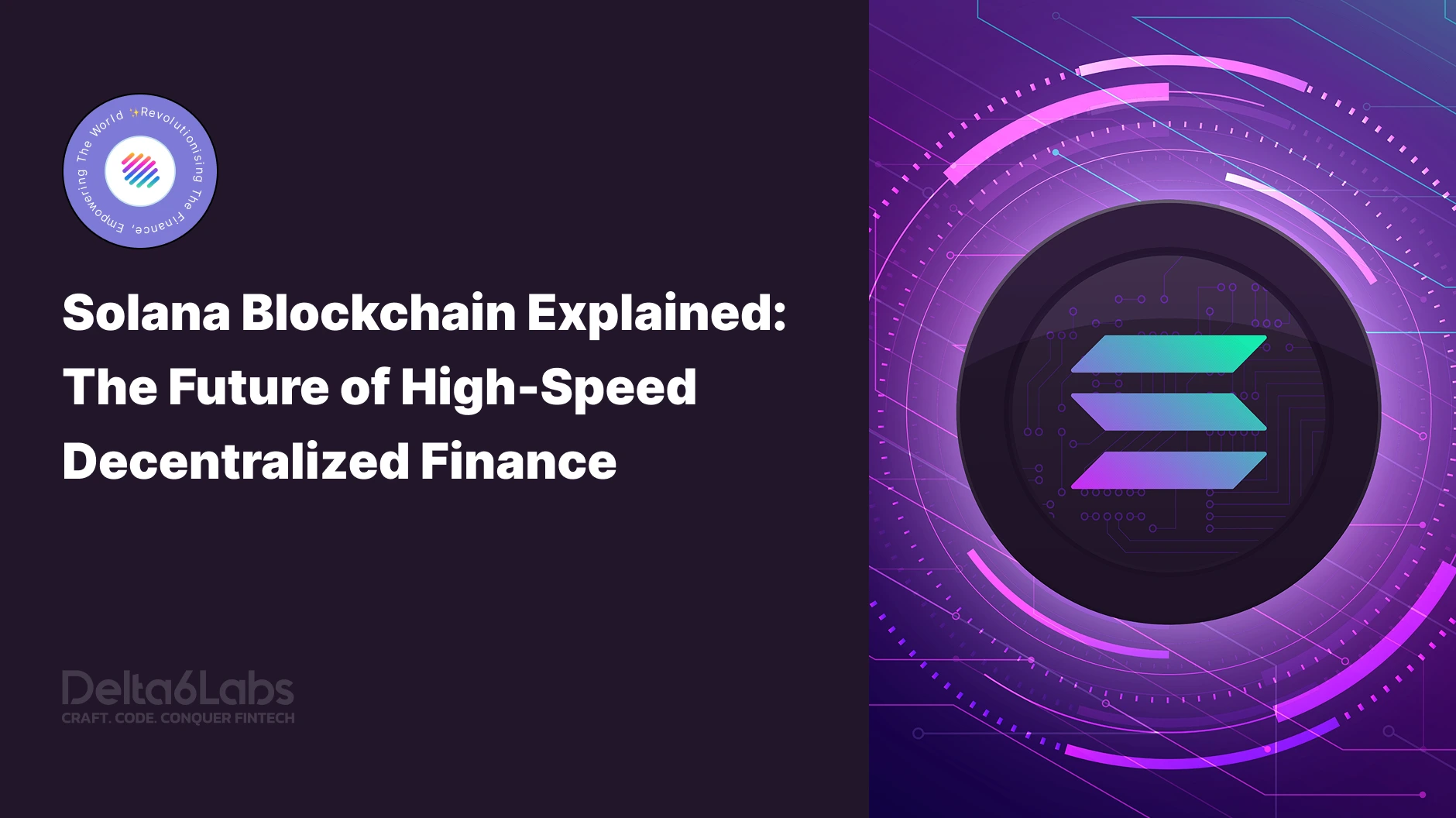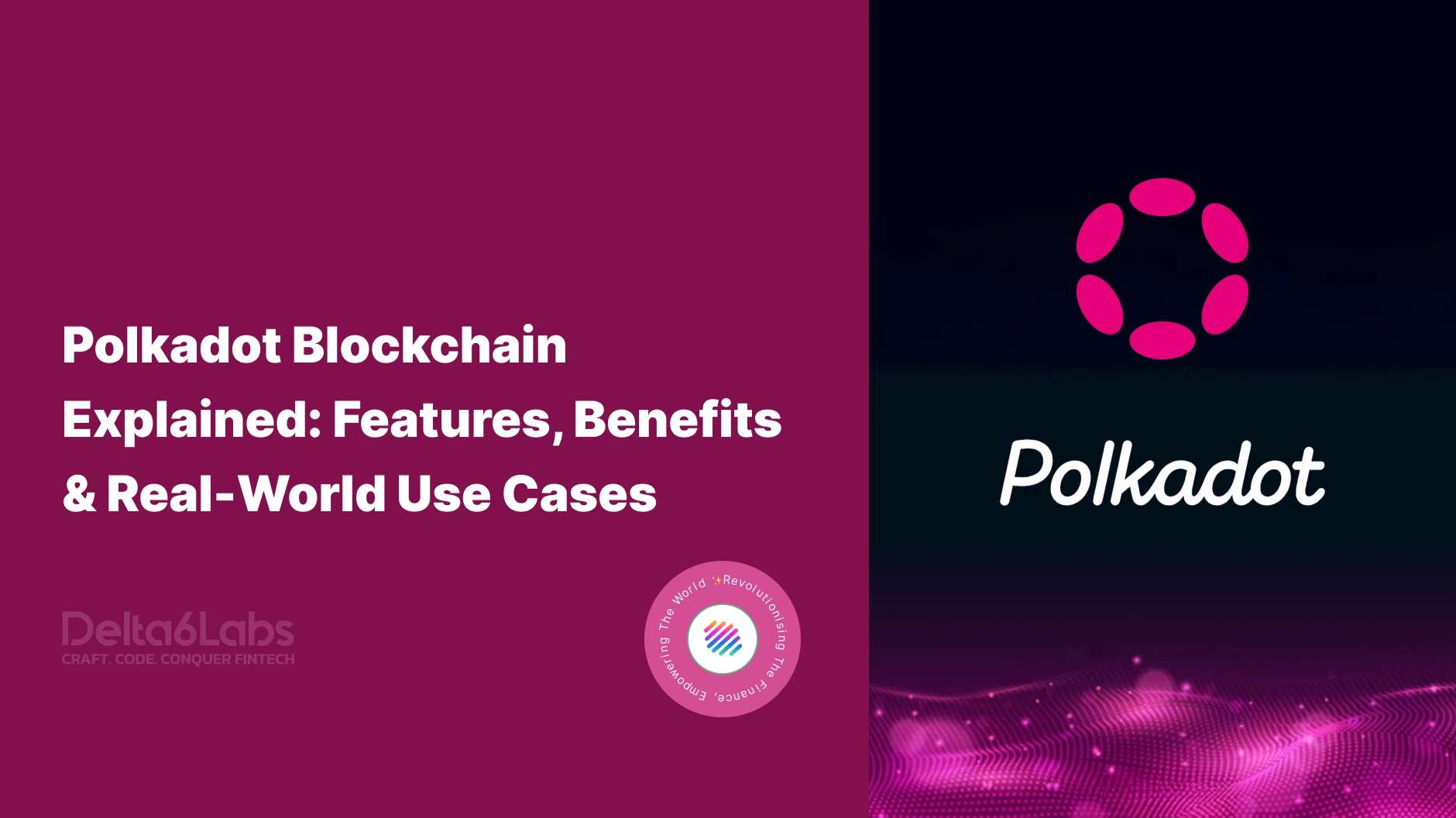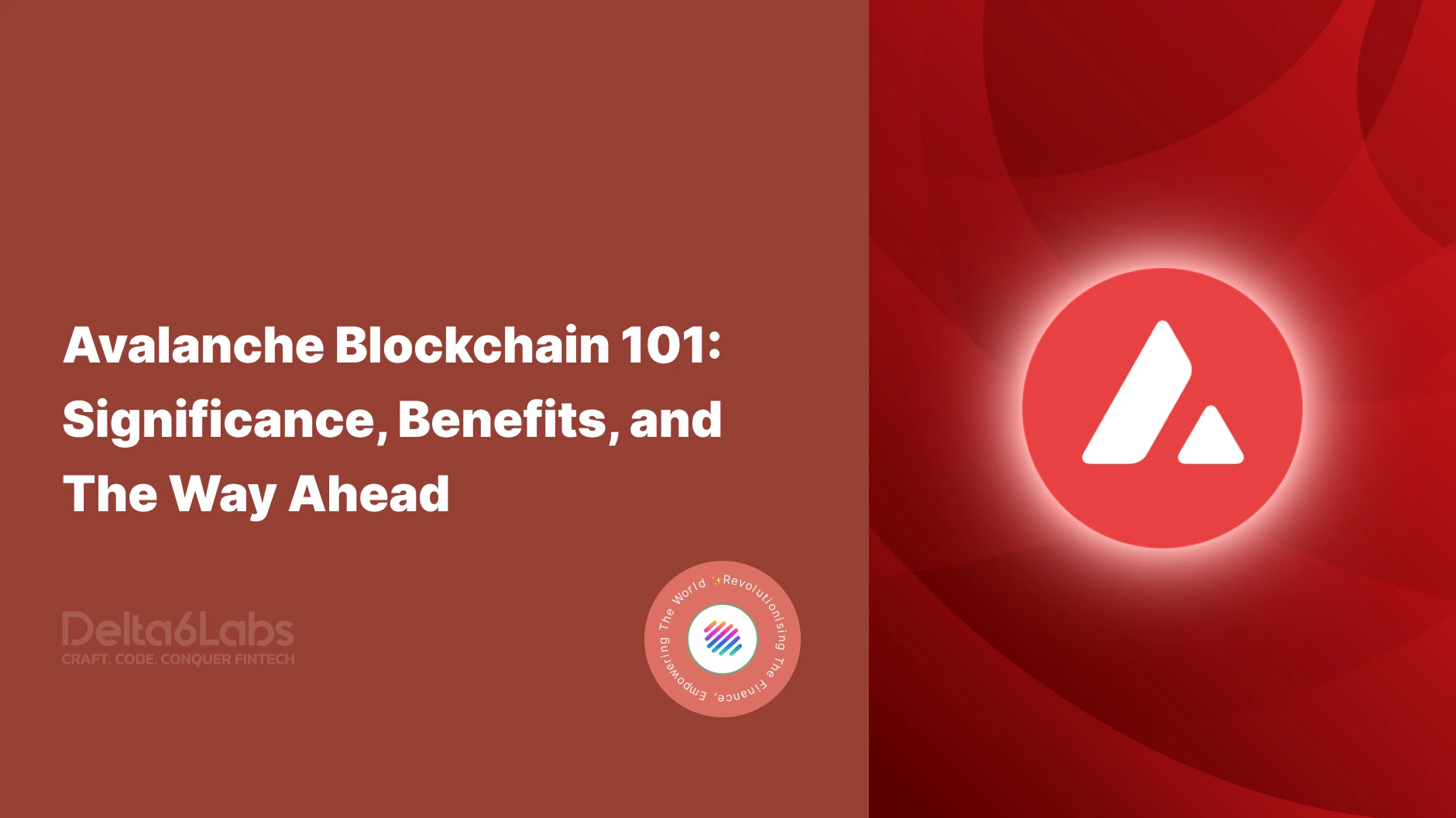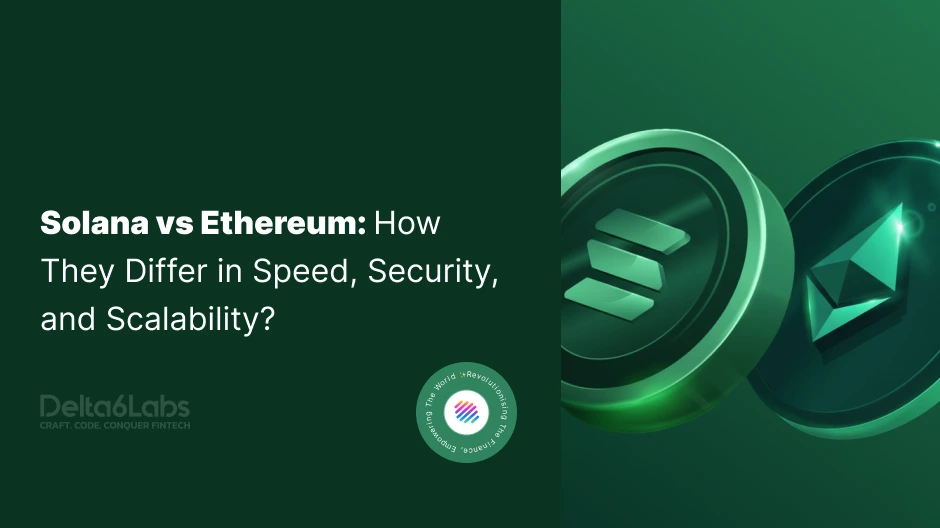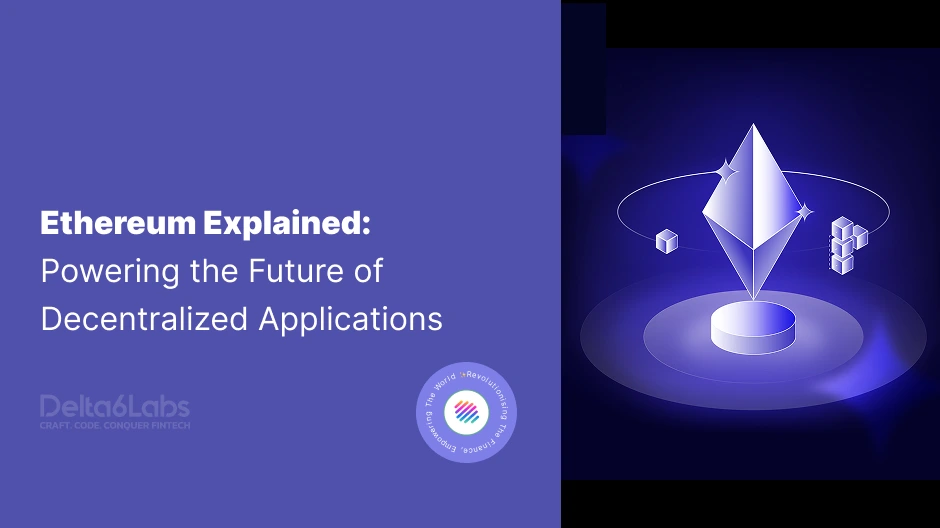Solana Blockchain: The Future of High-Speed Decentralized Finance
Table of Contents
Among these many blockchain platforms, Solana has emerged as one of the fastest and most efficient networks in the crypto space. Known for its scalability and low transaction fees, Solana is becoming a popular choice for developers and investors alike. The global market size of the Solana ecosystem was valued at 116 billion USD in 2024, and it is projected to reach 3000 billion USD by 2035, growing ait a CAGR of 34%. In this blog, we will discuss everything we need to know about Solana blockchain.
Understanding Solana Blockchain
Solana is an open-source, high-performance blockchain designed to support scalable decentralized applications and cryptocurrencies. Launched in 2017 by the Solana Foundation, it focuses on achieving high throughput, low transaction costs, and fast processing speed without compromising security or decentralization.
Unlike older blockchains like Bitcoin and Ethereum that struggle with congestion and high gas fees, Solana uses an innovative approach to handle thousands of transactions per second, making it a preferred network for DeFi projects, NFT marketplaces, and Web3 applications.
How Does Solana Blockchain Work?
Solana’s architecture is built to maximize speed and scalability. It uses a combination of the Proof of History (PoH) and the Proof of Stake (PoS) consensus mechanisms to validate transactions quickly and securely.
Proof of History (PoH)
PoH is a unique feature of Solana that timestamps transactions before they are added to the blockchain. This creates a historical record that helps validators agree on the order of events without waiting for network-wide consensus.
Proof of Stake (PoS)
Alongside PoH, Solana uses PoS to select validators who confirm transactions. Validators stake SOL tokens (Solana’s native cryptocurrency) as collateral, ensuring security and decentralization.
This hybrid model allows Solana to process transactions much faster than other traditional blockchains.
Key Features of Solana Blockchain
Here are the primary features of the Solana Blockchain
High Throughput
Solana blockchain is known for its high throughput and speed. It can process over 65,000 transactions per second (TPS), making it one of the fastest blockchains in the industry.
Low Transaction Fees
Traditional blockchains are expensive to build on that makes the total operational cost very high. Average transaction costs on Solana are around $0.00025, making it cost-effective for developers and users.
Scalability
Unlike many blockchains that slow down as the network grows, Solana’s architecture ensures scalability without compromising performance. It works on the concept of horizontal scaling, which allows it to handle more transactions as more nodes join the network.
Developer-Friendly Environment
Solana provides robust tools including comprehensive documentation and SDKs, making it easy for developers and organizations to build dApps, DeFi platforms, and NFT projects, additionally it supports multiple programming language that makes it accessible to a larger section.
Strong Ecosystem
Solana has a thriving ecosystem that includes DeFi platforms like Serum, NFT marketplaces like Magic Eden, and numerous Web3 projects. The community of Solana is strong and continuously improving.
Interoperability
One of the most prominent features of the Solana blockchain is its interoperability, which allows it to communicate with other blockchains seamlessly. These features help it expand the user base and improves the usability of dApps.
Why Solana Blockchain Stand Out?
Solana blockchain has following advantages, which makes it standout in the blockchain industry:
Speed and Efficiency
With high TPS and minimal latency, Solana supports real-time applications like gaming and decentralized exchanges.
Low Costs
Affordable transaction fees make Solana attractive for microtransactions, NFT trading, and large-scale DeFi operations.
Growing Developer Community
Solana boasts a large and active developer base contributing to rapid innovation and ecosystem growth.
Ecosystem Integration
From NFTs to DeFi, Solana integrates multiple use cases under a single blockchain, offering versatility for developers and businesses.
Use Cases of Solana Blockchain
Decentralized Finance (DeFi)
Solana powers numerous DeFi platforms that offers lending, borrowing, and trading services, providing fast and low-cost trading solutions. Serum, which is a decentralized exchange and Raydium, an automated market maker are two such projects.
NFTs and Digital Art
Solana has become a boon for NFTs and digital art. Marketplaces like Magic Eden and Solanart use Solana to mint and trade NFTs at minimal costs.
Web3 and Gaming
Solana supports various Web3 projects, including gaming, social media, and metaverse applications. It is hub for gaming applications, as they use Solana’s high throughput for enhanced user experience.
Payment Solutions
With its low fees and fast transactions, Solana is an ideal blockchain for payment systems and microtransactions.
Social Media and Content Creation
Solana allows organizations to create decentralized music services, by removing intermediaries and ensuring fair renumeration.
Challenges that Solana Blockchain Face
While Solana offers impressive benefits, it is not without challenges:
Network Outages
Network outages have created a lot of challenges for the Solana blockchain. It has faced downtime issues due to overloads and bugs.
Centralization Concerns
Critics argue that validator requirements may limit decentralization compared to other networks. It raises concerns over the voting and governance rights been exploited by a handful of organizations.
Competition
Other blockchains like Ethereum, Polygon, and Avalanche are competing for market share. Solana is still considered as a new blockchain as compared to the traditional ones. To Stay relevant in the market, it needs to innovate and perform continuously.
The Future of Solana Blockchain: A Way Ahead
Solana is rapidly becoming a key player in the blockchain space, driven by its speed, low fees, and robust ecosystem. With the rise of NFTs, DeFi, and Web3, Solana’s technology positions it as a critical infrastructure layer for the next generation of digital applications. Future developments include, enhanced network security, more developer tools, and greater institutional adoption.
If these improvements continue, Solana could rival Ethereum and other top blockchains in the years to come.
How Does Delta6Labs Leverages Solana Blockchain?
Delta6Labs utilized solutions offered by Solana blockchain to help its clients achieve their targets smoothly. By leveraging Solana’s high scalability, throughput, and low transaction costs, we built high-performing decentralized applications, crypto exchanges, NFT marketplaces, and gaming platforms for our clients that provide them a competitive edge in the market.
Final Thoughts
Solana offers a unique blend of scalability, speed, and affordability, making it one of the most promising blockchains in the market. Whether you’re an investor, developer, or crypto enthusiast, understanding Solana is essential for navigating the evolving world of blockchain technology.
With its growing ecosystem and innovative technology, Solana is more than just a trend, it’s shaping the future of decentralized applications and finance.
Frequently Asked Questions
Disclaimer:
The information on this blog is for knowledge purposes only. The content provided is subject to updates, completion, verification, and amendments, which may result in significant changes.
Nothing in this blog is intended to serve as legal, tax, securities, or investment advice of any investment or a solicitation for any product or service.
